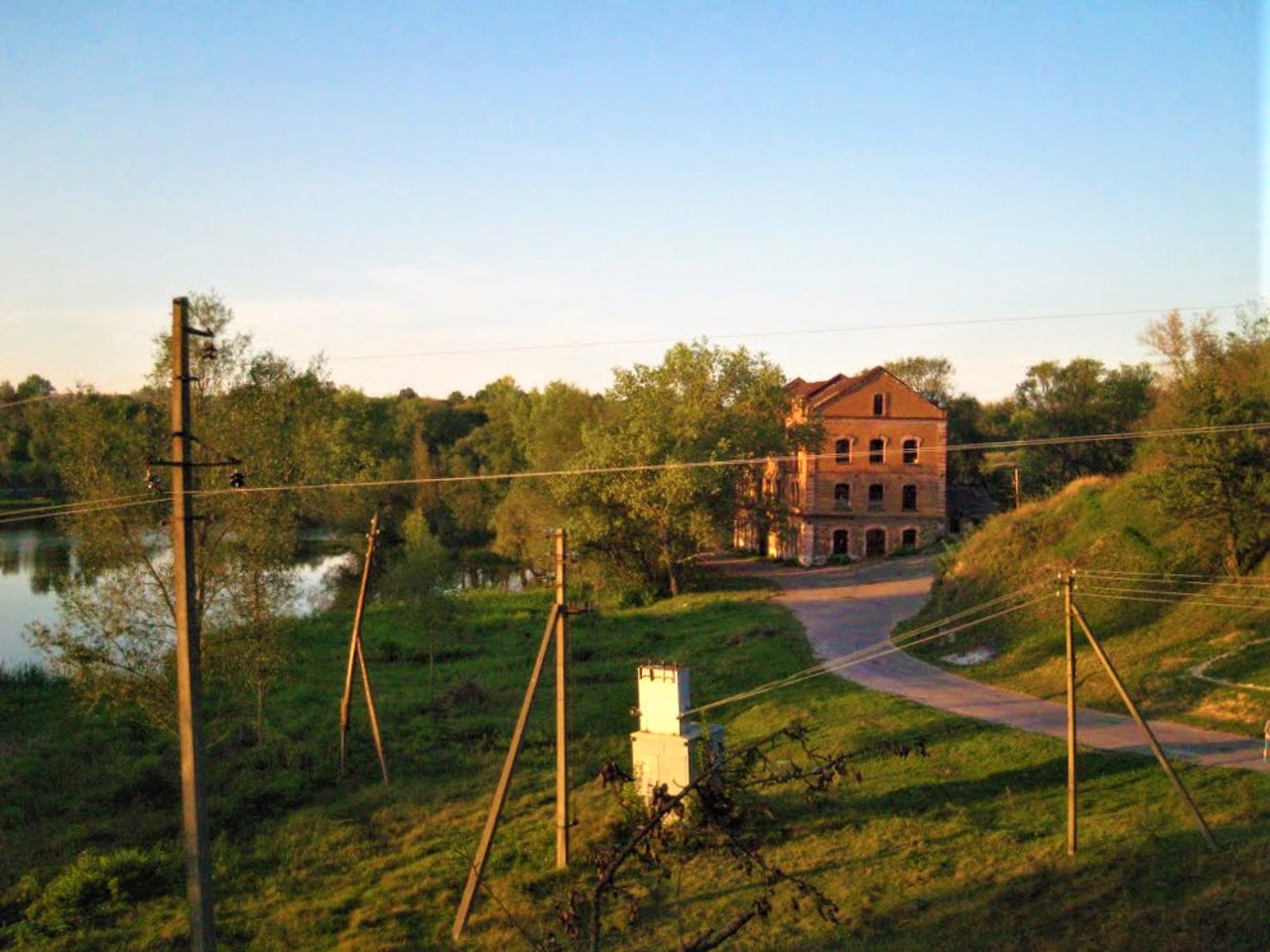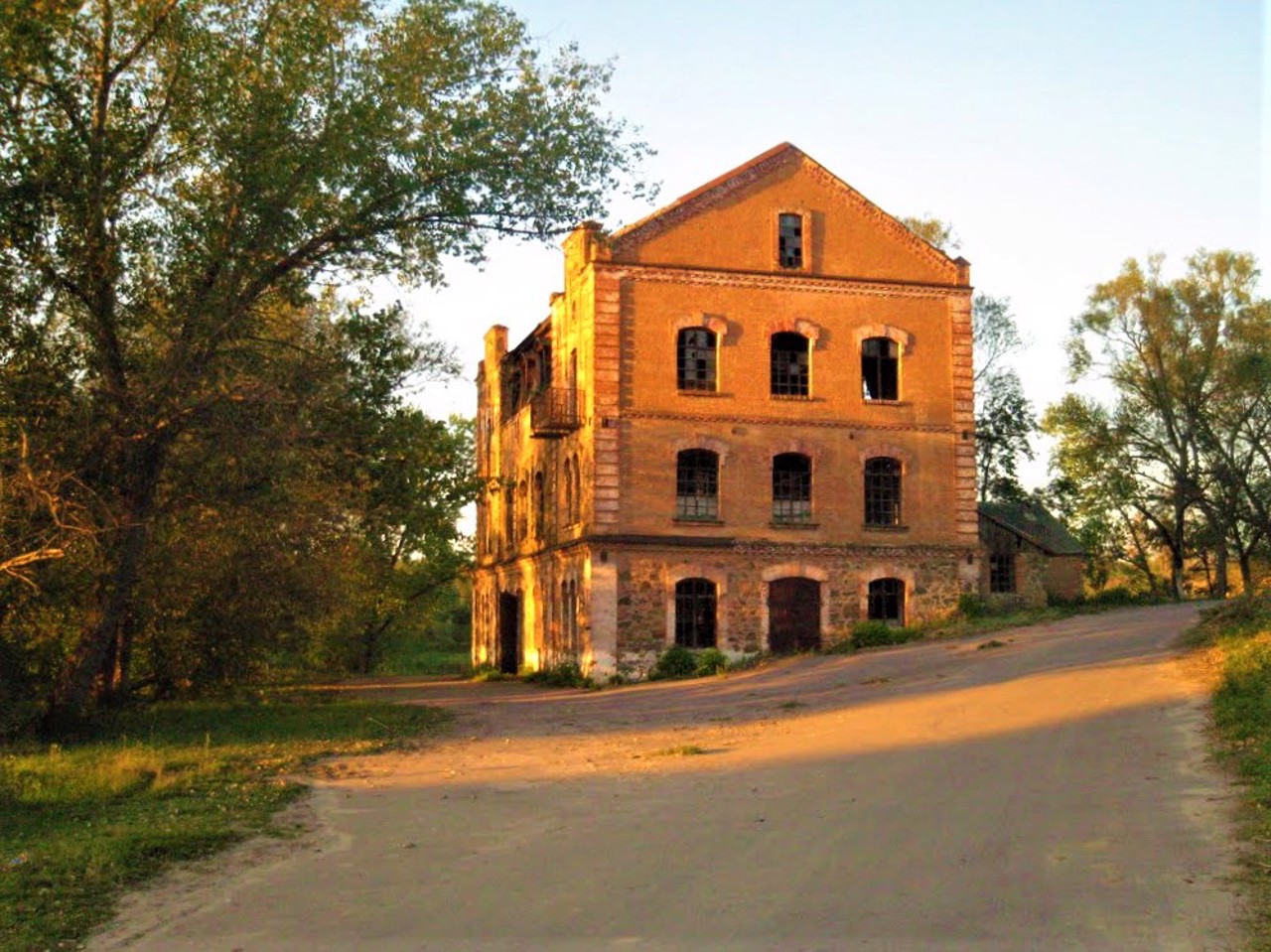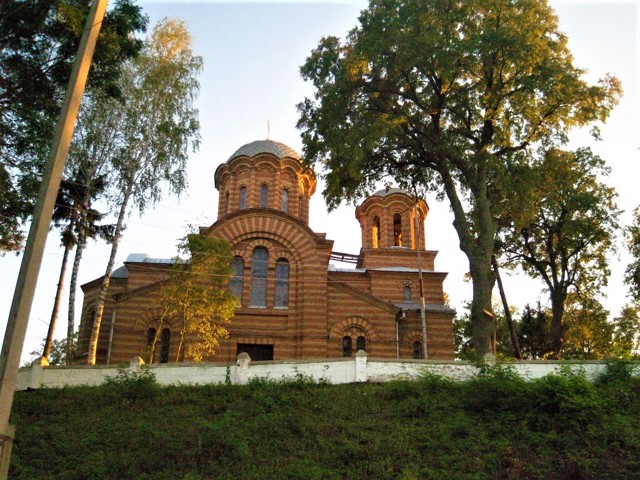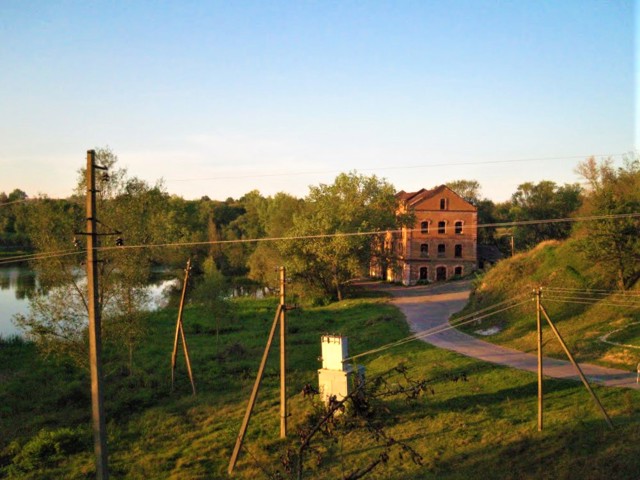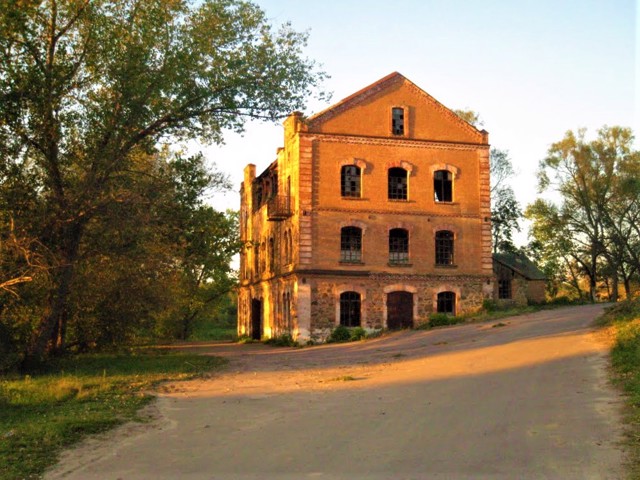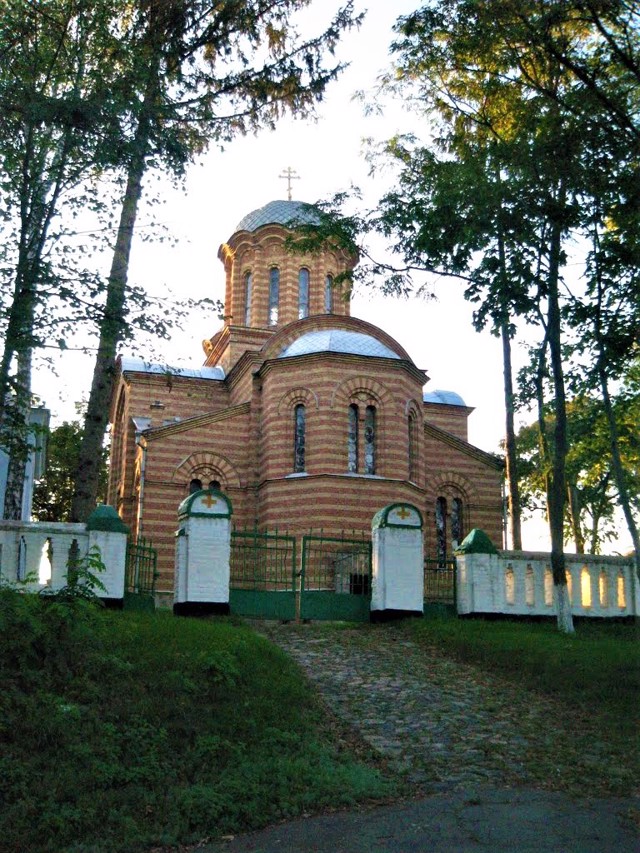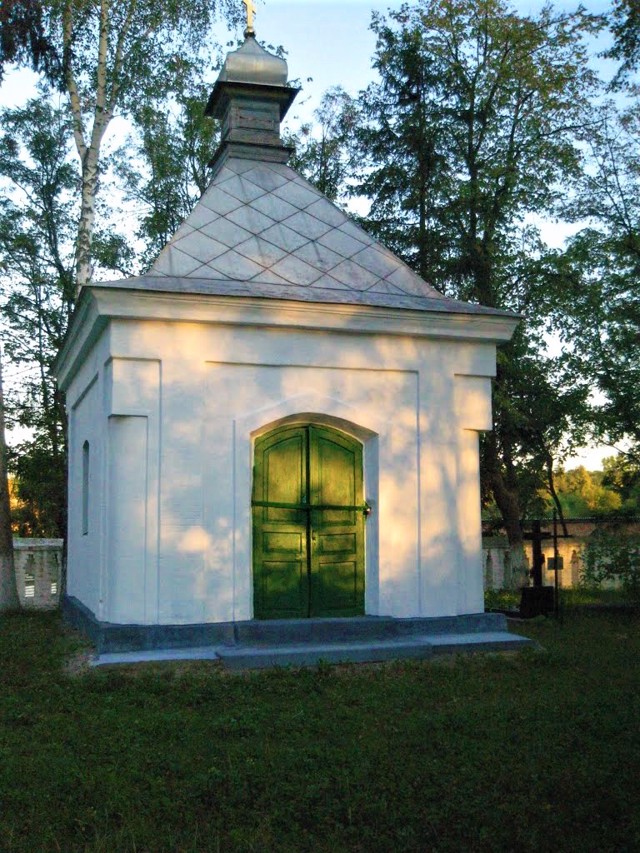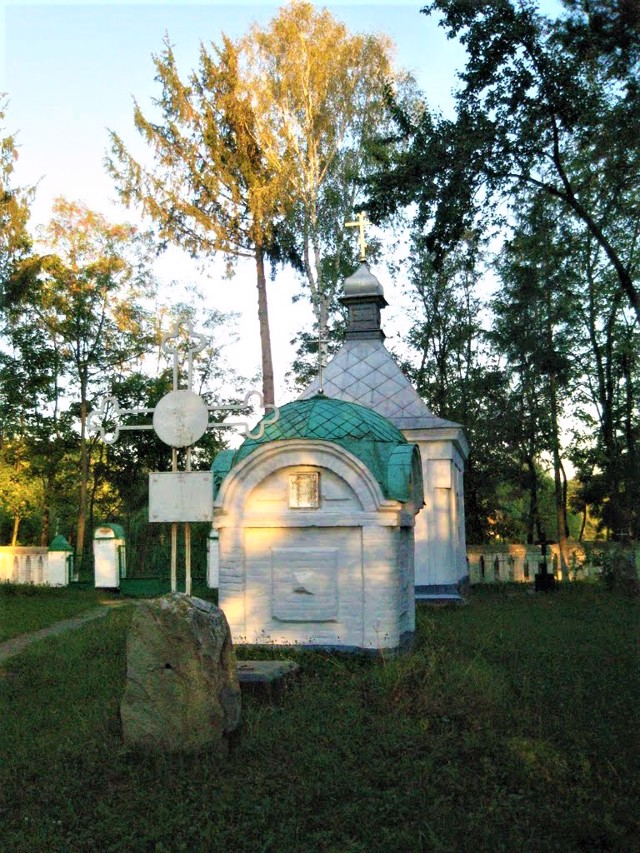Functional temporarily unavailable
Krupoderyntsi
Travel guide online Krupoderyntsi
General information about Krupoderyntsi
The village Krupoderyntsi on the Ros River is located 5 kilometers northeast of Pohrebyshche. Administratively, it is part of the Vinnytsia district of the Vinnytsia region.
It was founded at the beginning of the 19th century by Count Adam Rzhevusky, who built a grist mill (grain crusher) in this place on Rosa, which is where the name of the village came from. In 1835, Rzhevusky sold Krupoderyntsi to his family doctor Płatzer.
In 1890, the village, among many other estates, was purchased by the retired Minister of Internal Affairs of Russia, Count ...
The village Krupoderyntsi on the Ros River is located 5 kilometers northeast of Pohrebyshche. Administratively, it is part of the Vinnytsia district of the Vinnytsia region.
It was founded at the beginning of the 19th century by Count Adam Rzhevusky, who built a grist mill (grain crusher) in this place on Rosa, which is where the name of the village came from. In 1835, Rzhevusky sold Krupoderyntsi to his family doctor Płatzer.
In 1890, the village, among many other estates, was purchased by the retired Minister of Internal Affairs of Russia, Count Mykola Ihnatiev. He built a new four-story water mill, as well as a new stone church-mausoleum, in which he was buried after his death in 1908. After the Bolshevik coup of 1917, a school was located in the Ihnatiev estate.
Село Круподеринці на річці Рось розташоване в 5 кілометрах на північний схід від Погребища. Адміністративно входить до складу Вінницького району Вінницької області.
Засноване на початку XIX століття графом Адамом Ржевуським, який побудував в цьому місці на Росі млин-круподерку (зернодробарку), звідки і пішла назва села. В 1835 році Ржевуський продав Круподеринці своєму сімейному лікареві Плятцеру.
В 1890 році село в числі багатьох інших маєтків придбав відставний міністр внутрішніх справ Росії граф Микола Ігнатьєв. Він побудував новий чотириповерховий ...
Село Круподеринці на річці Рось розташоване в 5 кілометрах на північний схід від Погребища. Адміністративно входить до складу Вінницького району Вінницької області.
Засноване на початку XIX століття графом Адамом Ржевуським, який побудував в цьому місці на Росі млин-круподерку (зернодробарку), звідки і пішла назва села. В 1835 році Ржевуський продав Круподеринці своєму сімейному лікареві Плятцеру.
В 1890 році село в числі багатьох інших маєтків придбав відставний міністр внутрішніх справ Росії граф Микола Ігнатьєв. Він побудував новий чотириповерховий водяний млин, а також нову кам'яну церкву-мавзолей, в якій і був похований після смерті в 1908 році. Після більшовицького перевороту 1917 року в садибі Ігнатьєвих розмістилася школа.
Сплануй своє перебування у Krupoderyntsi
What to see and where to go in Krupoderyntsi
Tourist attractions and museums of Krupoderyntsi
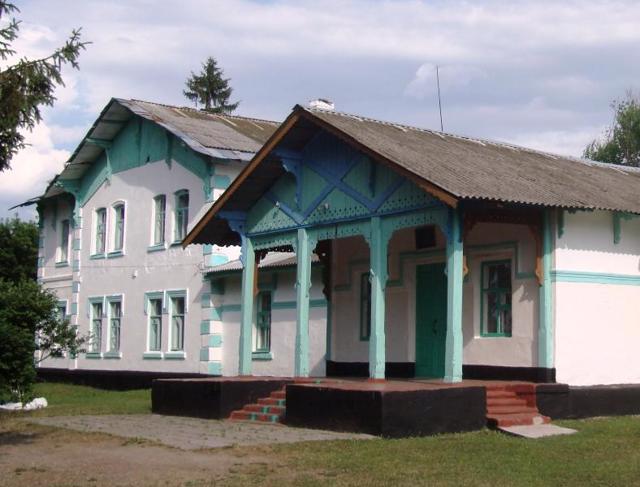
Ihnatiev Manor
Palace / manor , Architecture
The estate in Krupoderyntsi was built at the end of the 19th century by Count Mykola Ihnatiev, who settled here after resigning from the position of Minister of Internal Affairs of Russia. Before that, Ignatiev became famous as one of the best Russian diplomats. Thanks to his efforts, in 1878, the San Stefano Peace Treaty was signed with Turkey, beneficial for Russia, which ended the Russian-Turkish war. One of the most important points of the treaty was the restoration of Bulgarian statehood, for which Bulgarians consider Ihnatiev a national hero.
In Krupoderyntsi, the count spent the last years of his life with his family, setting up a model farm. The surviving two-story stone manor house of the Ignatievs is decorated with a carved portico and other wooden details.
After the Bolshevik coup of 1917, the estate housed a local commune, then an orphanage, and now a high school.
In 2011, the Mykola Ihnatiev museum was opened at the school, which presents documents and photographs related to his life.

Ihnatiev Mausoleum Church
Temple , Architecture
The church-mausoleum of the Nativity of the Virgin in Krupoderyntsi was built in 1895 by Count Mykola Ihnatiev as a family tomb.
During the design of the temple, the architect Oleksandr Pomerantsev chose as a model the Cathedral of Saint Oleksandr Nevsky in the capital of Bulgaria, Sofia, where Ignatiev is considered the author of the San Stefano Treaty, which revived Bulgarian statehood.
In terms of architectural style, size and decoration, the church in Krupoderyntsi had no equal in the district. After Ihnatiev's death in 1908, he was buried in the lower part of the mausoleum, and 9 years later his wife rested there.
Divine service in the Church of the Nativity of the Virgin was restored in 1944.
In the depth of the churchyard rises a memorial cross on a massive stone block, on the sides of which are four ancient ship anchors. This is a monument to Lieutenant Vasyl Ihnatiev and other sailors who died in the Battle of Tsushima in 1905, erected by the lieutenant's mother and widow for the 10th anniversary of the battle.
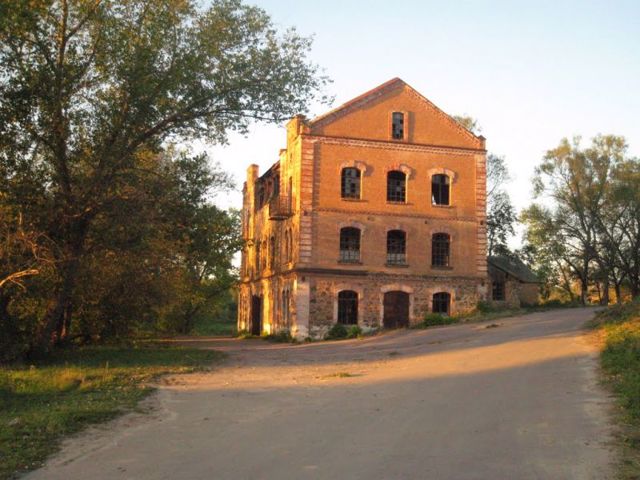
Water Mill
Architecture
The four-story water mill building in Krupoderyntsi was built in 1896 by Count Mykola Ihnatiev on the site of the old wooden grist mill (grain crusher), which gave the village its name.
The mill and the oil mill attached to it were set in motion by the waters of the Ros River. A vivid example of industrial architecture of the 19th century. The old equipment is still preserved inside.
Reviews Krupoderyntsi
Geographical information about Krupoderyntsi
| {{itemKey}} | {{itemValue}} |
|---|---|
| Region |
Vinnytsia |

